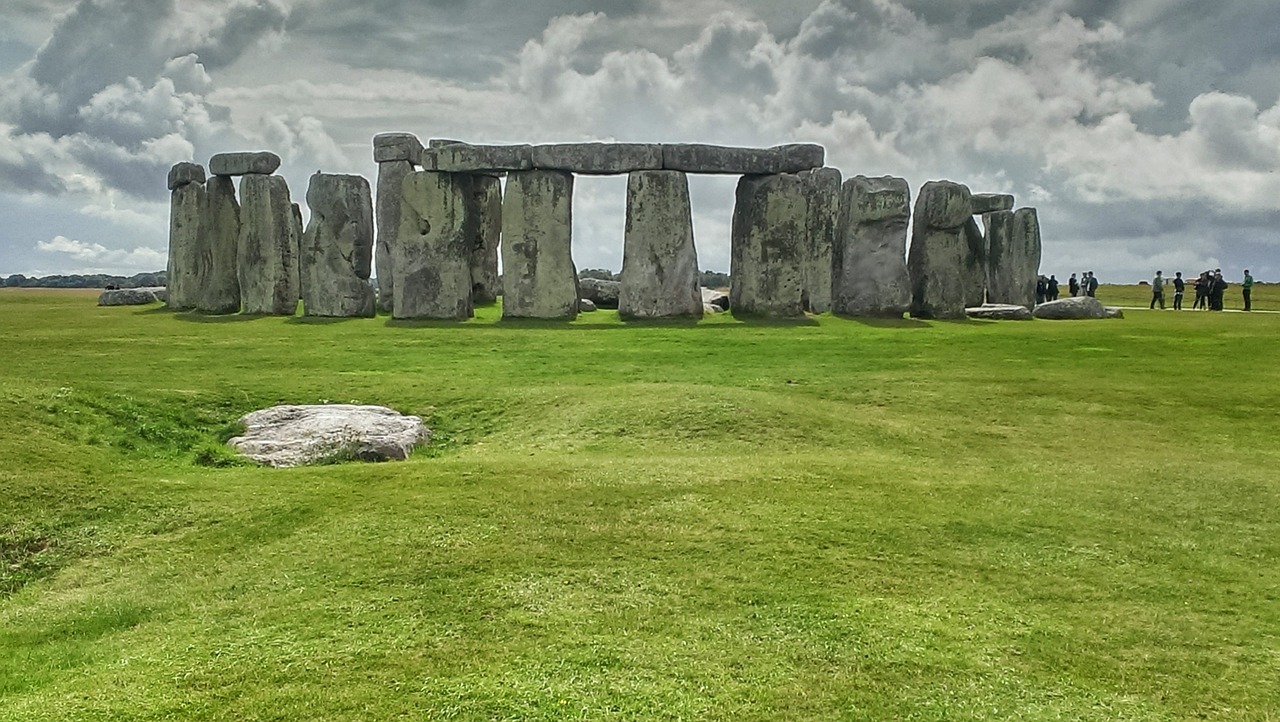1. Göbekli Tepe
- What It Is: Göbekli Tepe is an archaeological site in Turkey, dated to around 9600 BCE, making it one of the oldest known examples of monumental architecture. The site includes large stone pillars arranged in circles, which are believed to have been used for religious or ceremonial purposes.
- Why It’s Interesting: The complexity of Göbekli Tepe challenges the traditional timeline of human development, as it suggests that organized, large-scale construction projects were taking place thousands of years before the advent of settled agricultural societies. Some have speculated that this might indicate a more advanced society than previously thought, but there is no evidence that Göbekli Tepe was part of a technologically advanced civilization. Instead, it points to the complexity and capabilities of hunter-gatherer societies.
2. Advanced Stonework in Ancient Civilizations
- What It Is: Many ancient structures, such as the pyramids of Egypt, the stone structures at Machu Picchu, and the stone circles of Stonehenge, display remarkable precision and craftsmanship. Some of these constructions involve massive stones that were transported and fitted together with incredible accuracy.
- Why It’s Interesting: The advanced stonework in these ancient structures often leads to speculation about lost technologies or unknown techniques. However, archaeologists and engineers have generally been able to explain these feats through a combination of skilled labor, simple tools, and sophisticated understanding of geometry and astronomy, without invoking the existence of a prior advanced civilization.
3. The "Silurian Hypothesis"
- What It Is: Proposed by scientists Gavin Schmidt and Adam Frank in 2018, the "Silurian Hypothesis" explores the possibility of detecting evidence of a technologically advanced civilization that might have existed on Earth millions of years ago, long before humans. The hypothesis is named after the "Silurians," a fictional advanced reptilian species from the British science fiction series Doctor Who.
- Why It’s Interesting: The hypothesis is speculative and primarily serves as a thought experiment about how long-lasting the traces of our civilization might be in the geological record. Schmidt and Frank argue that if such a civilization had existed millions of years ago, its physical traces might be difficult to detect due to the processes of erosion, plate tectonics, and other geological forces. However, there is no evidence supporting the existence of such a civilization; the hypothesis is more about considering the limitations of our ability to detect ancient advanced societies.
4. Mysterious Artifacts and Out-of-Place Objects (OOPArts)
- What They Are: Various artifacts have been claimed to be "out of place" in the context of known history, suggesting they were made by advanced civilizations. Examples include the Antikythera mechanism (an ancient Greek analog computer) and claims of ancient batteries (like the Baghdad Battery).
- Why They’re Interesting: These artifacts are often cited as evidence of lost knowledge or advanced technology in ancient times. However, most of these cases can be explained by known historical contexts or debunked as misinterpretations. For instance, the Antikythera mechanism, while incredibly sophisticated, fits within the known timeline of Greek technological development.
5. Mythological and Cultural References
- What They Are: Many cultures have myths or legends about ancient advanced civilizations, such as Atlantis in Greek mythology, or references to advanced "golden ages" in Hindu texts.
- Why They’re Interesting: While these stories are intriguing, they are generally considered allegorical or symbolic rather than historical records. There is no archaeological evidence that these myths describe real, technologically advanced societies.
Conclusion
There is no definitive evidence to support the existence of advanced civilizations that existed prior to the timeline established by mainstream archaeology and history. The idea remains speculative, and while there are intriguing finds that challenge our understanding of ancient societies, they do not indicate the existence of an advanced, technologically sophisticated civilization predating known human history. The advancements and achievements of ancient civilizations like the Egyptians, Mayans, and Sumerians are well documented and understood within the context of human development without invoking the need for a lost advanced civilization.
